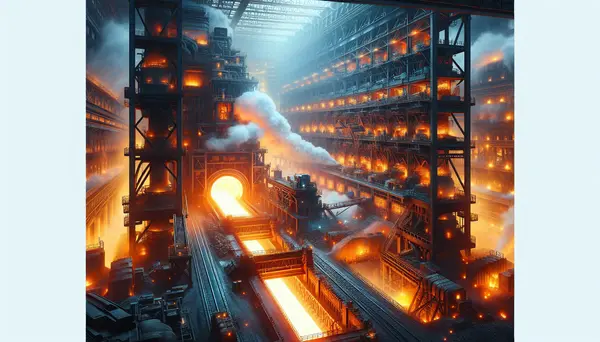Iron
Iron
Als Basisstoff aller Stahlerzeugnisse spielt das Eisen (Iron) eine entscheidende Rolle in der Stahlerzeugung und dem Stahlhandel. Erkunden Sie mit uns die Vielfalt dieser faszinierenden Metall-Ressource, die die Industrie seit Jahrhunderten prägt.
Was ist Eisen?
Eisen ist ein chemisches Element mit dem Symbol Fe (aus dem Lateinischen: ferrum) und hat die Ordnungszahl 26. Es ist ein metallisches Element, das im Kern der Erde reichlich vorhanden ist. Eisen ist für seine Härte und Elastizität bekannt. Aber vor allem wegen seiner Eigenschaft, durch Verschiedene Verfahren in Stahl umgewandelt werden zu können, ist Eisen von unermesslichem Wert.
Eisenerzabbau
Eisen wird aus der Erde in Form von Eisenerz abgebaut, einer Art Gesteinsmasse. Nach dem Abtransport aus dem Tagebau oder dem Untertagebau wird das Eisenerz zermahlen und aufbereitet. Diese Vorbereitung ist wichtig, um Verunreinigungen zu entfernen, bevor es zur Verarbeitung in ein Hüttenwerk geht.
Eisen in der Stahlproduktion
Das gesäuberte Eisenerz wird in den Hochöfen der Stahlwerke erhitzt, wo es zu Roheisen geschmolzen wird. Dieser Prozess wird als Reduktion bezeichnet. Anschließend wird das Roheisen mit unterschiedlichen Zusatzstoffen, wie Kohlenstoff, vermischt und weiter erhitzt, um schließlich Stahl zu erzeugen. Stahl ist bemerkenswerter Weise härter und strapazierfähiger als reines Eisen selbst.
Eisen im Stahlhandel
In der gesamten Produktpalette des Stahlhandels nimmt Eisen die zentrale Rolle ein - sowohl in reiner Form als auch in Stahllegierungen. Der Preis für Eisen wird auf dem globalen Markt gehandelt und ist ein wichtiger wirtschaftlicher Indikator. Die Nachfrage nach Eisen und Stahl ist dabei ein Spiegelbild der industriellen Entwicklung eines Landes.
Mit dem Verständnis der Bedeutung von Eisen in der Stahlproduktion und im Stahlhandel, können wir die Dynamik und Wichtigkeit dieses wertvollen Rohstoffs besser schätzen.
Blog Posts with the term: Iron
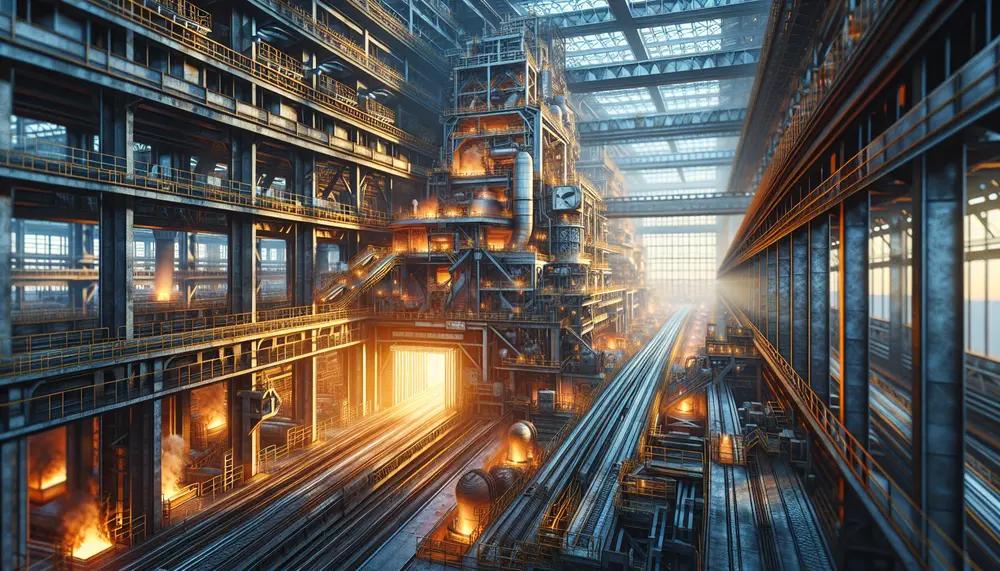
Steel making is a sophisticated process that turns iron ore into steel, involving methods like the Blast Furnace and Electric Arc Furnace to produce various grades of steel. The industry emphasizes sustainability by using additives and recycled materials while ensuring...
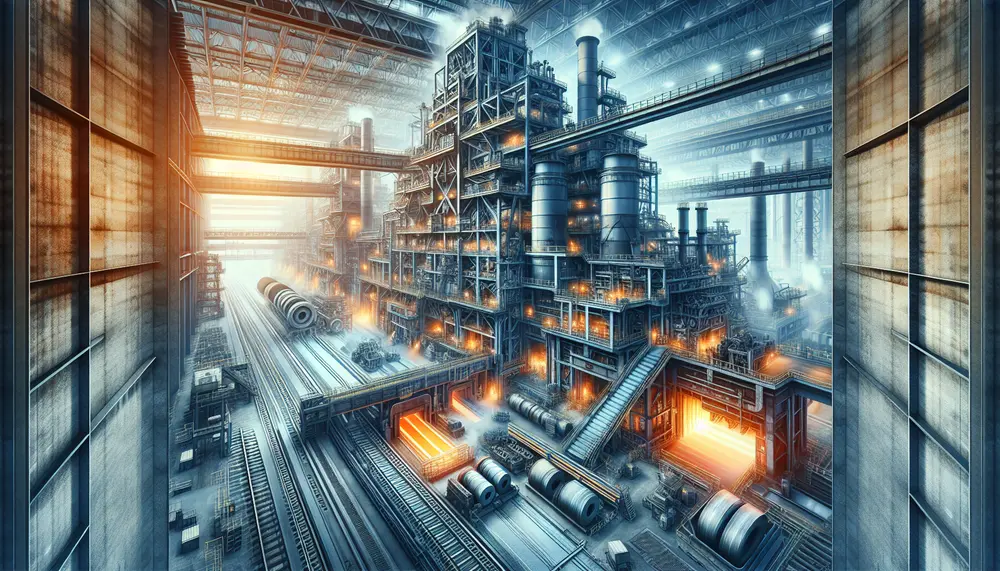
The article provides an overview of the steel making process, detailing how raw materials like iron ore, coke, and limestone are transformed into versatile and durable steel through a complex series of steps depicted in a flow diagram. It discusses...
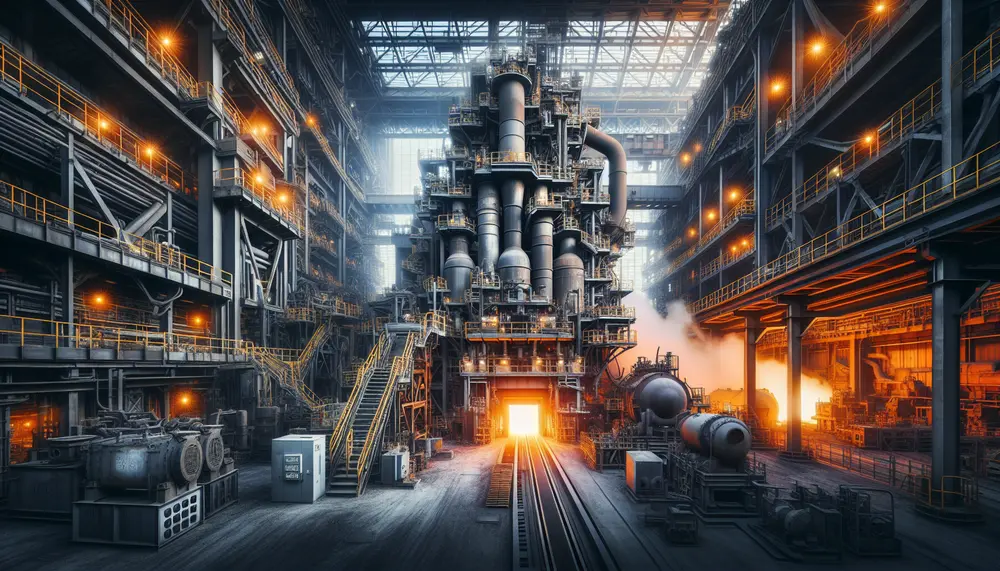
The article provides an overview of the two main steelmaking routes: blast furnace (BF) and electric arc furnace (EAF), detailing their processes, economic considerations, environmental impacts, and technological advancements. It compares BF's large-scale production with high carbon emissions to EAF's...
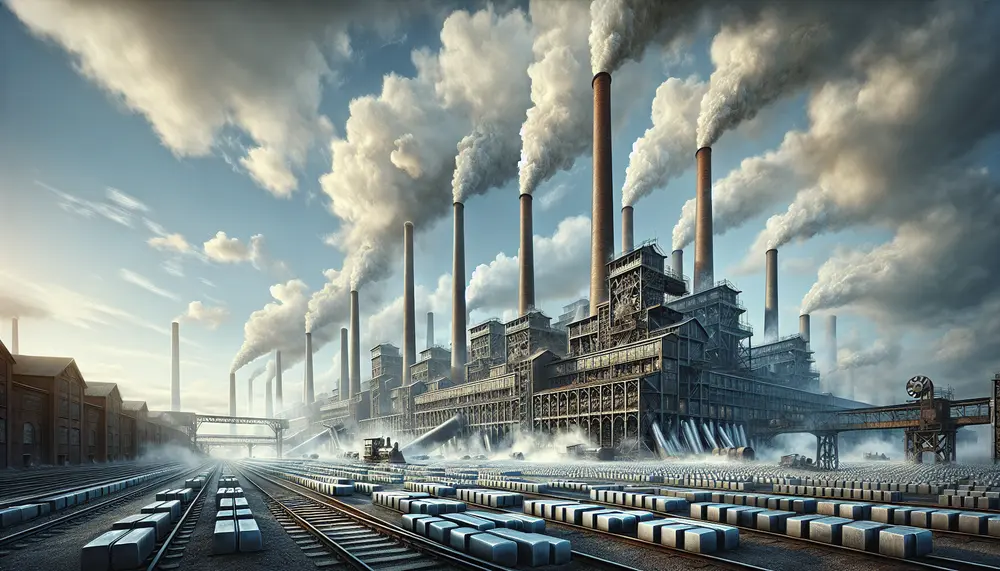
Steel production is vital in Anno 1800, requiring a strategic layout of mines and factories to efficiently transform iron ore into steel beams and weapons. Optimizing the placement and synchronization of these facilities ensures a smooth industrial operation essential for...
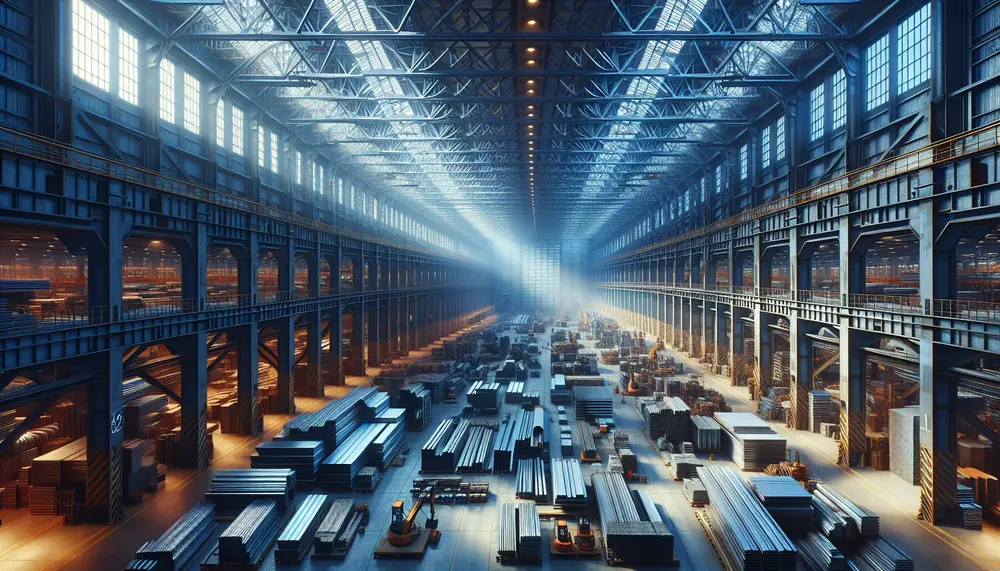
Nigeria's steel production industry is crucial for its industrial development, with potential to become a major producer due to iron ore deposits. However, the sector faces challenges such as small-scale operations and requires strategic solutions for sustainable growth. The evolution...
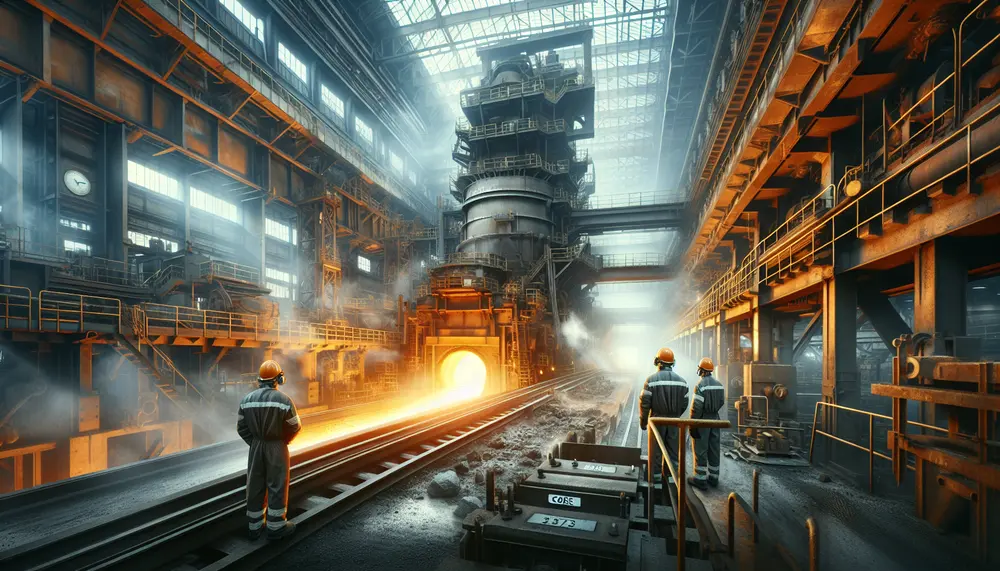
Coke is crucial in steel production, providing heat and chemical reactions for smelting iron ore while also structuring the blast furnace. However, its use emits pollutants and CO2, contributing to environmental concerns....
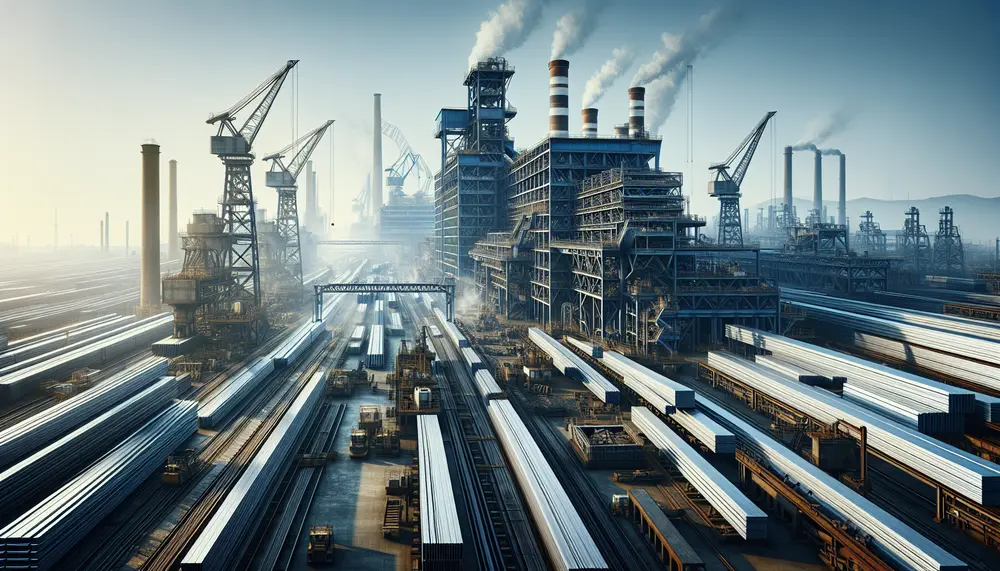
The African steel industry is growing and diverse, with varying levels of resource availability and technological sophistication across countries. It plays a crucial economic role by stimulating growth in other sectors, creating jobs, contributing to GDP, reducing import dependency, and...
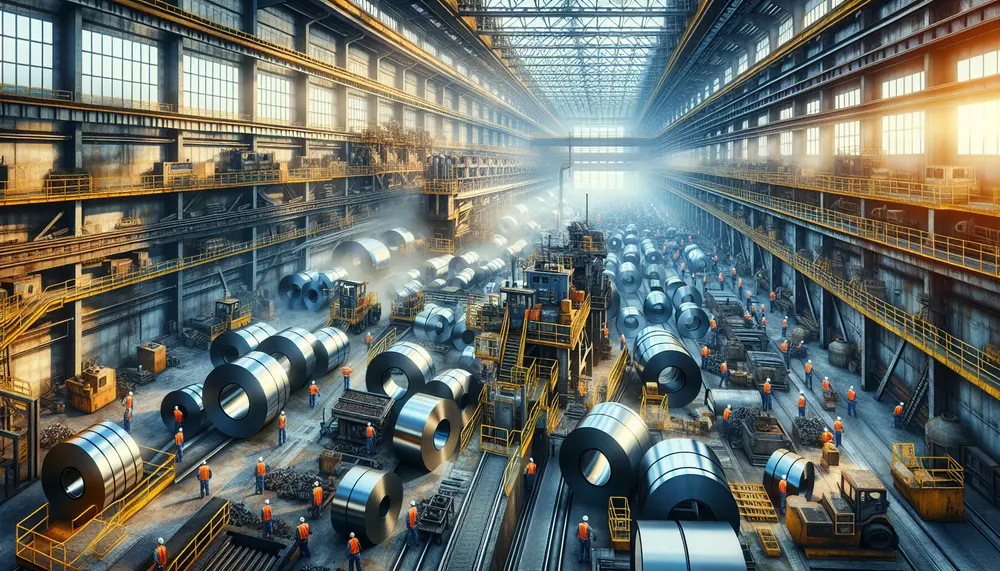
The steel industry is essential but poses significant risks to workers, including physical dangers from heavy machinery and extreme heat, chemical hazards from toxic substances, burn threats due to high temperatures in furnaces, and noise pollution leading to potential hearing...
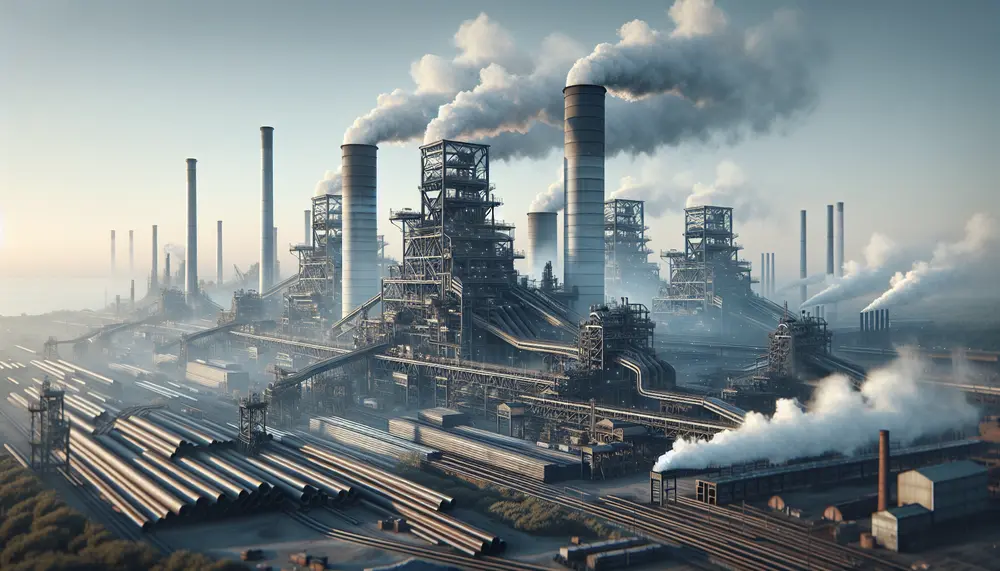
Steel production in France has grown due to technological advancements, increased demand, and strategic investments despite challenges like environmental regulations and market volatility. The industry's history shows a pattern of expansion post-WWII, peak production in the 1970s, followed by decline...

The article analyzes global steel production trends in 2023, highlighting regional differences and challenges such as supply chain disruptions. It examines the contrasting growth patterns across continents like Africa's rise due to infrastructure investments and Asia's decline influenced by China's...
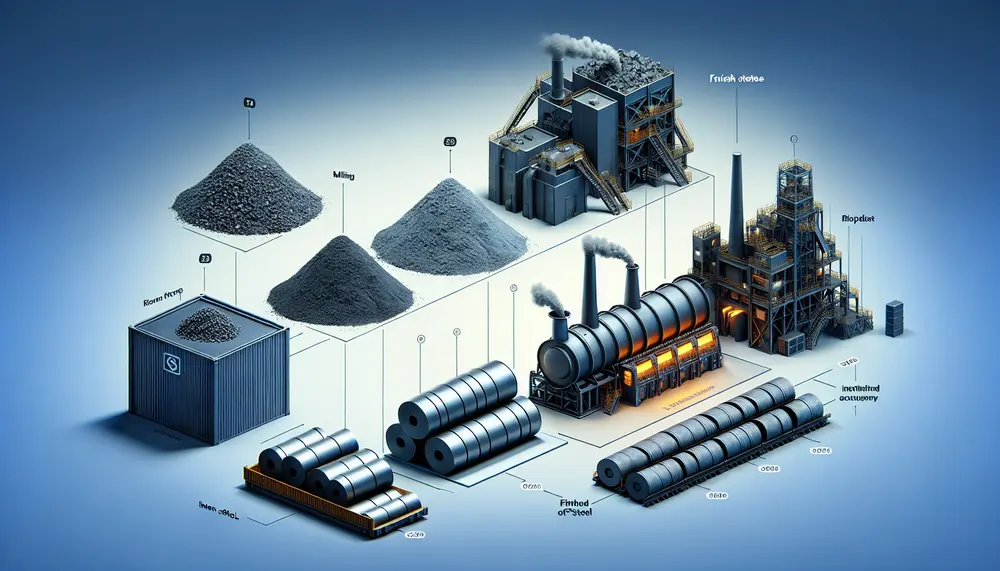
The steelmaking value chain is a complex process that transforms raw materials like iron ore, coking coal, and limestone into high-quality steel through strategic steps involving technological innovation to optimize efficiency and reduce environmental impact. Understanding this value chain helps...

Mexico's steel industry has grown significantly due to rich resources, strategic location, skilled workforce, and modern technology. Challenges include high energy costs, competition from lower-cost countries, price fluctuations, and environmental concerns....
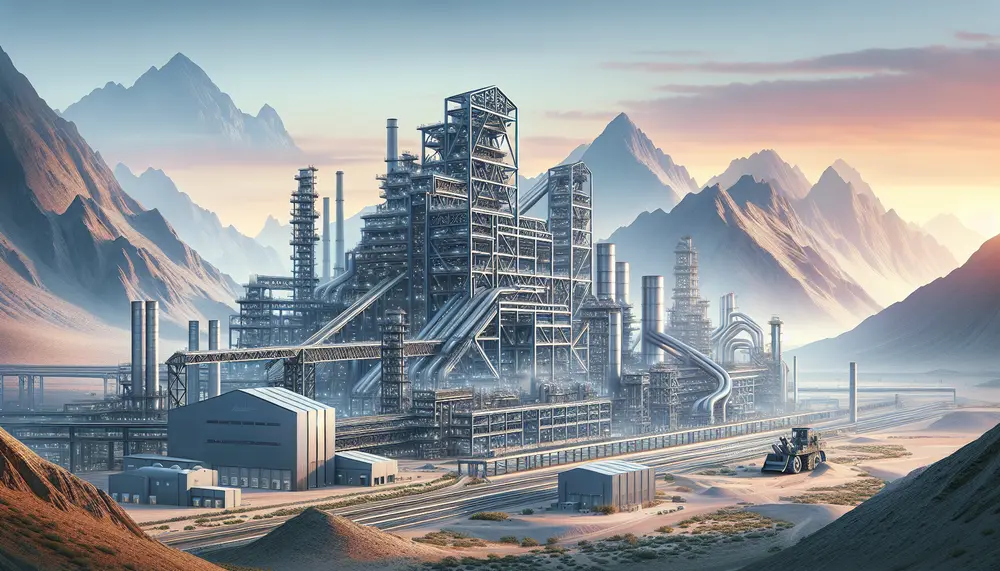
Oman's steel production has seen significant growth, contributing to the nation's GDP and infrastructure development. Strategic expansions have increased capacity to over 2.4 million tons, with key players like Muscat Steel Industries Co. LLC driving this dynamic sector forward through...
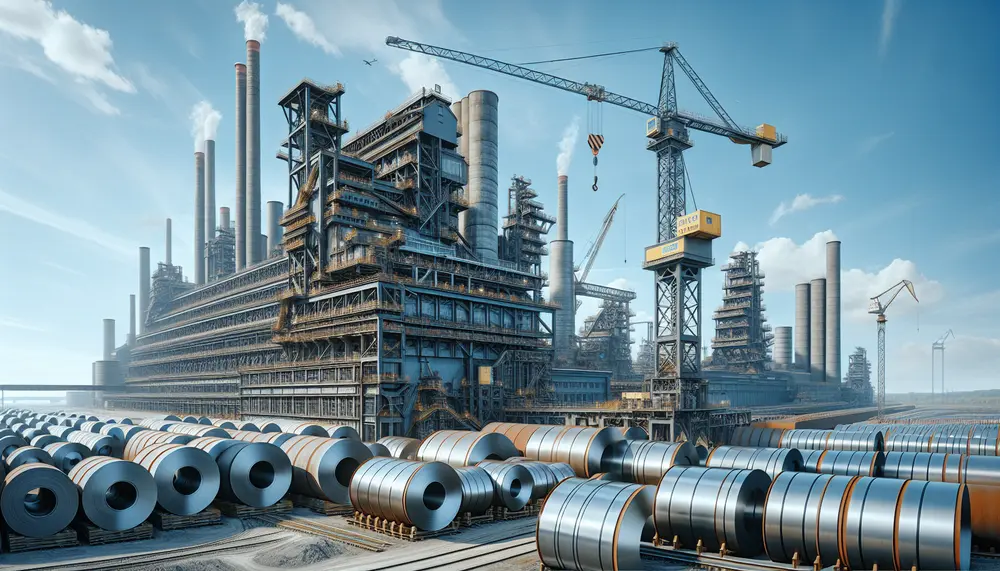
The steel industry in the Netherlands is integral to its economy, known for innovation and sustainability, with a focus on high-grade production used across various sectors. The Dutch sector's evolution has been shaped by historical shifts and strategic investments like...

